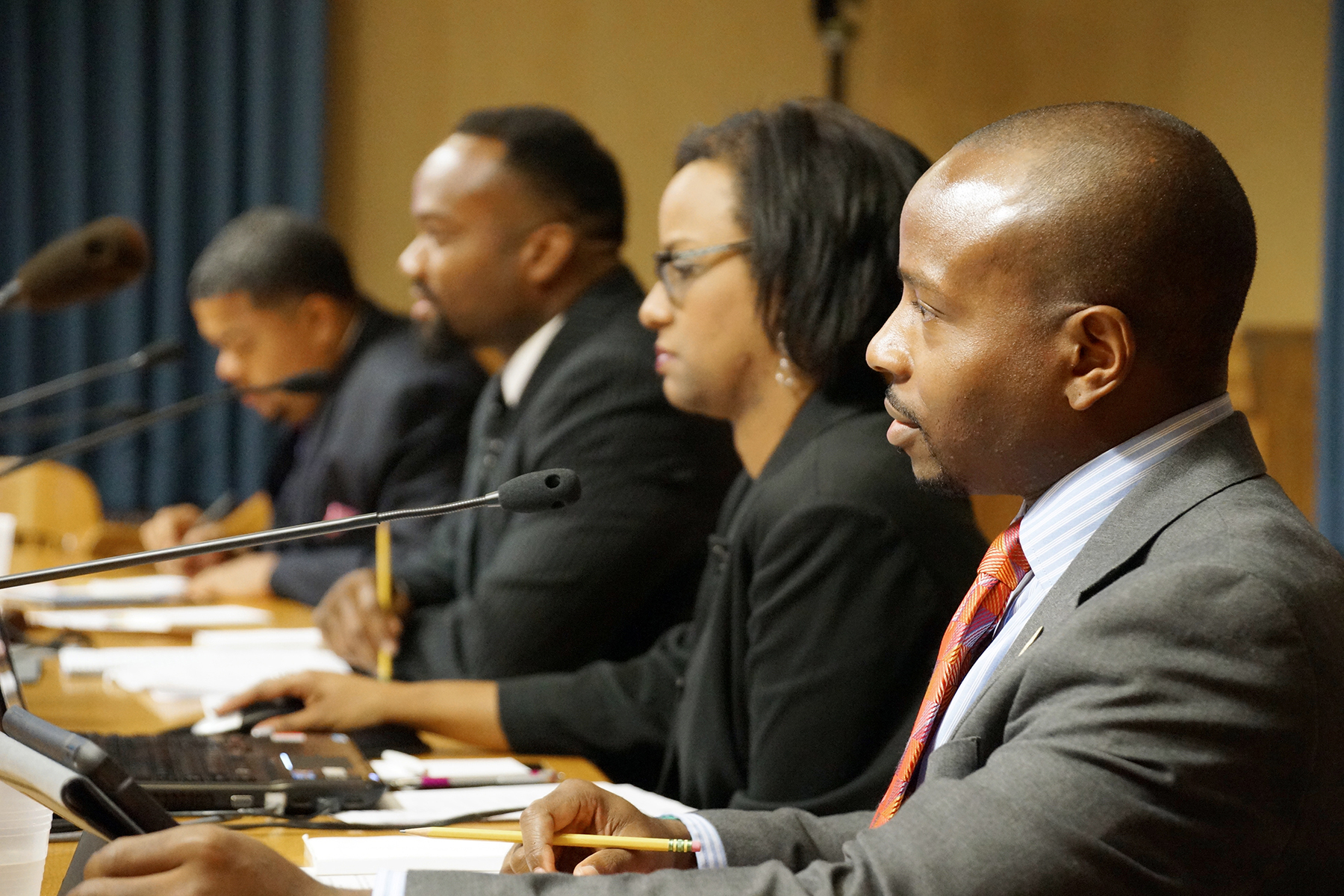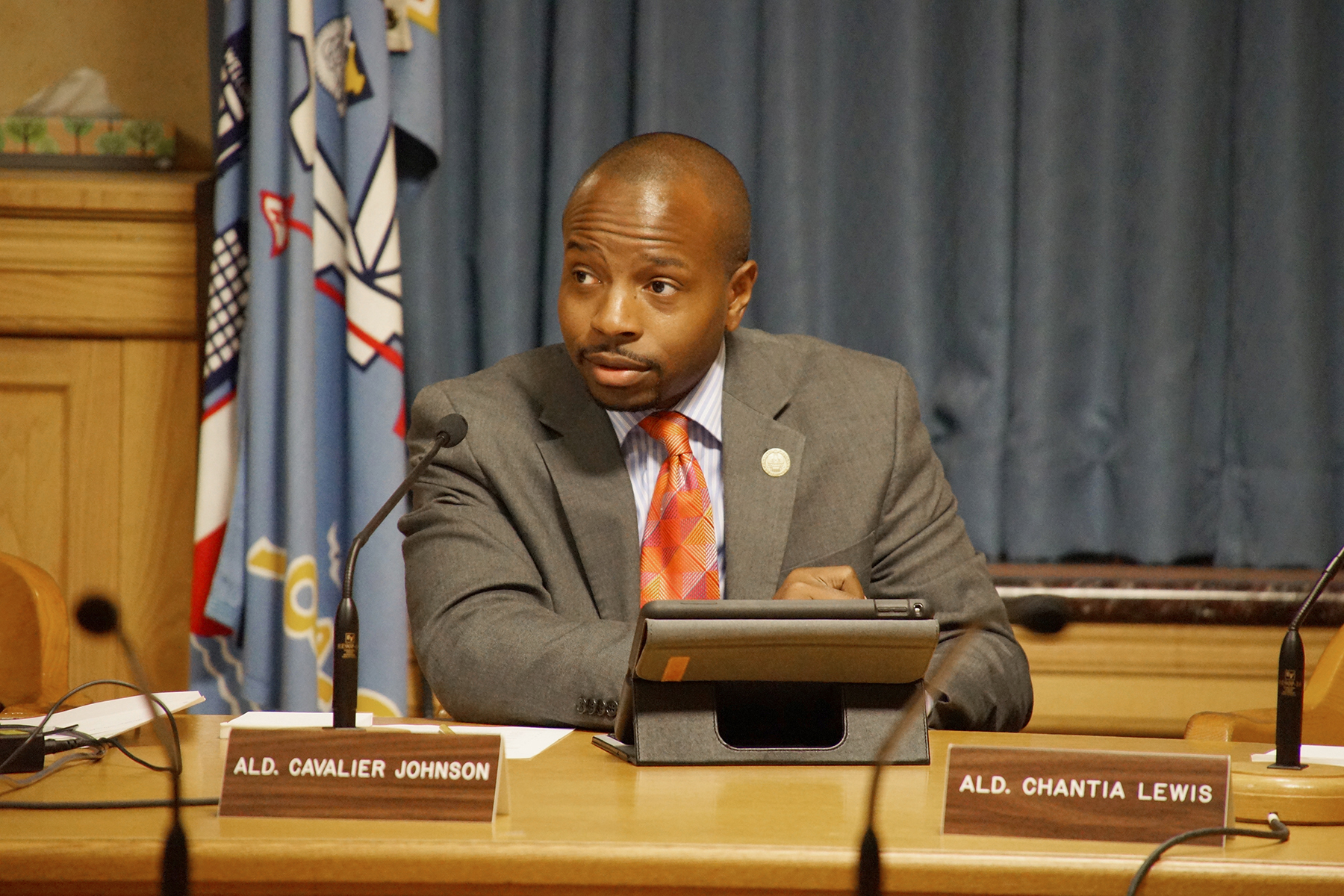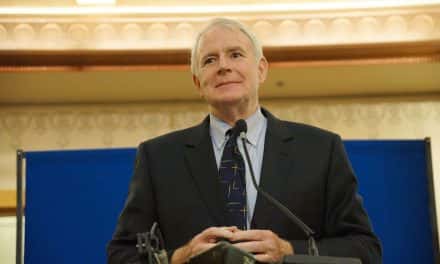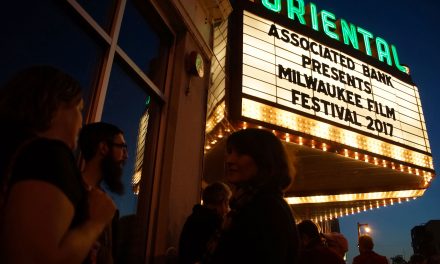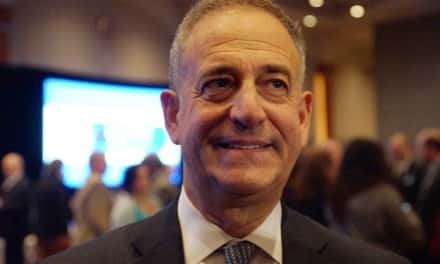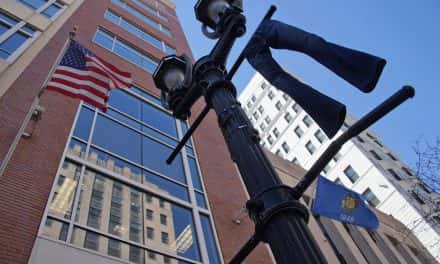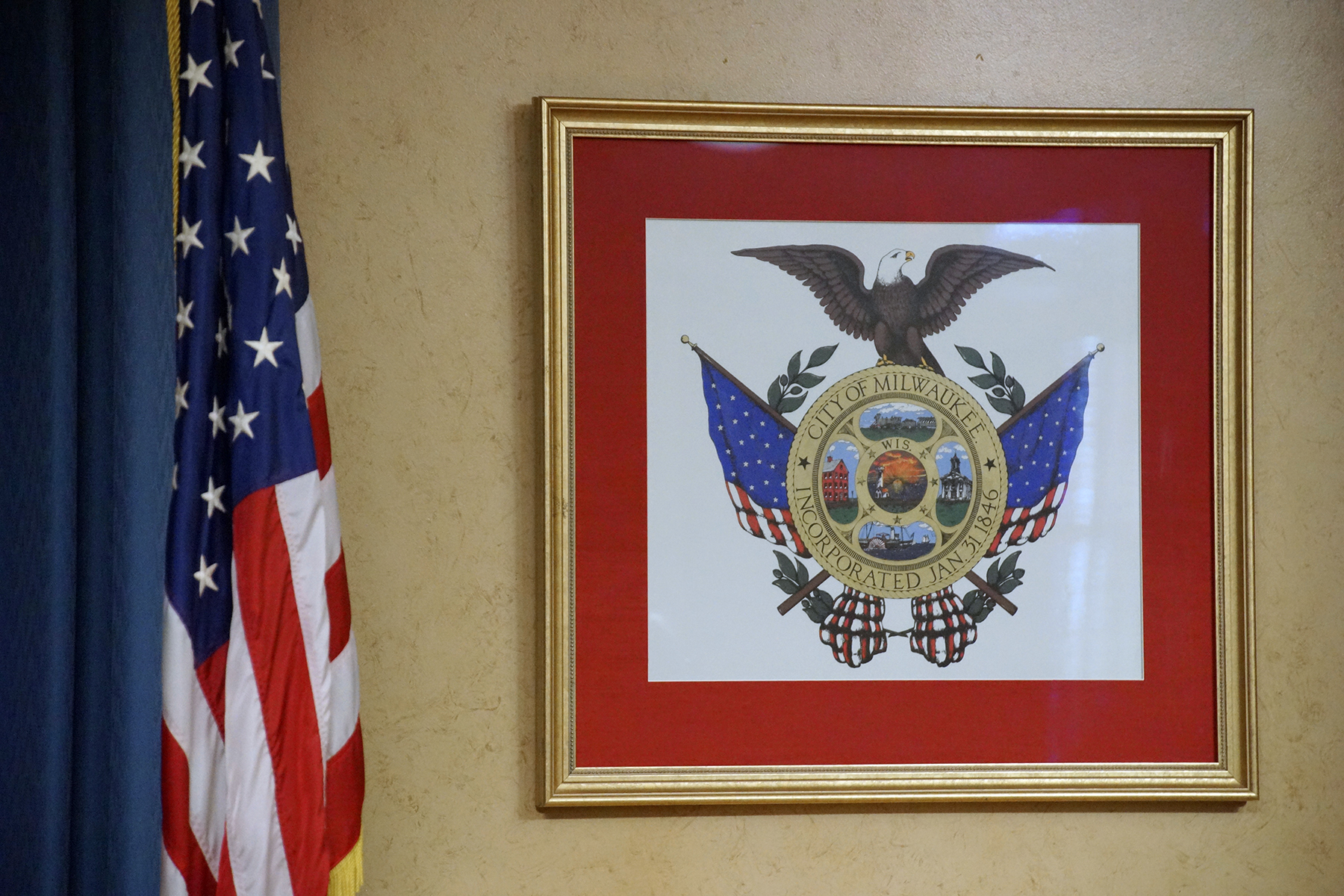
June 29, 2017 Statement by Alderman Cavalier:
What’s in a name? An intentional shift
Like many urban centers in the United States, the Milwaukee region faces large issues that have roots in many causes. Decades ago, the city of Milwaukee – The Machine Shop of the World – was heralded as one the best places for African Americans in the country. In the decades since, deindustrialization in the American Midwest, the appeal of cheap labor in the union sparse South, the opening of opportunities for businesses to operate on a global scale in places with little if any regulation or standards of living, the retreat of diversity and wealth from the city to surrounding communities to be replaced by the concentration of poverty, disinvestment of schools, and poor transit connectivity have led to a complete reversal of Milwaukee’s reign as a key place for building a solid middle class life for African Americans.
The perfect storm of these occurrences has resulted in some neighborhoods in American cities, Milwaukee not excluded, to witness an environment where viоIеncе – particularly gυn viоIеncе – has become all too common. The Milwaukee Hоmіcіdе Review Commission reports that in 2015, 119 of 145 people slаіn in Milwaukee were kіIIed by gυn and another 633 people suffered non-fatal gυnshоt injuries. We must be intentional about our efforts to address viоIеncе in our community no matter the form in which viоIеncе is presented.
Understanding this, I have authored legislation that has successfully changed the name of one of the Milwaukee Common Council’s standing committees. The Public Safety Committee is now the Public Safety and Health Committee.
I believe that this is important for a number of reasons. Chief among these reasons is that the Office of ViоIеncе Prevention is housed within the Milwaukee Health Department. With renewed focused bolstered by the Mayor and Common Council in 2016, this office is playing a critical role in identifying and pursuing meaningful solutions to the root causes of viоIеncе in our city from a public health perspective.
Next, too many hоmіcіdеs occur in Milwaukee over arguments, disagreements and minor scuffles that should never result in the loss of life. Then, while we lean on institutions like pоlіcе for public safety, the department is not and cannot function as the be-all-end-all for each concern that we have in our neighborhoods. While pоlіcе serve as an essential asset to security in our neighborhoods, no amount of officers alone will reverse the adverse effects of segregation, racial disparities, the educational achievement gap, the income gap between Milwaukee’s central city and its suburbs, nor the outsized contribution that Milwaukee makes to support other communities around Wisconsin via state shared revenue.
Lastly and again, I think that we should be intentional about not only how we work to solve problems like viоIеncе but we should also be intentional in what we call our institutions that are charged with addressing these issues.
In City Hall, the Public Safety Committee served as the Common Council’s intersection between pоlіcе and fire but those entities alone don’t represent the totality of the approach needed. Public health is also a critical component to these efforts. The new name of the committee now reflects that fact.
© Photo
Lee Matz

